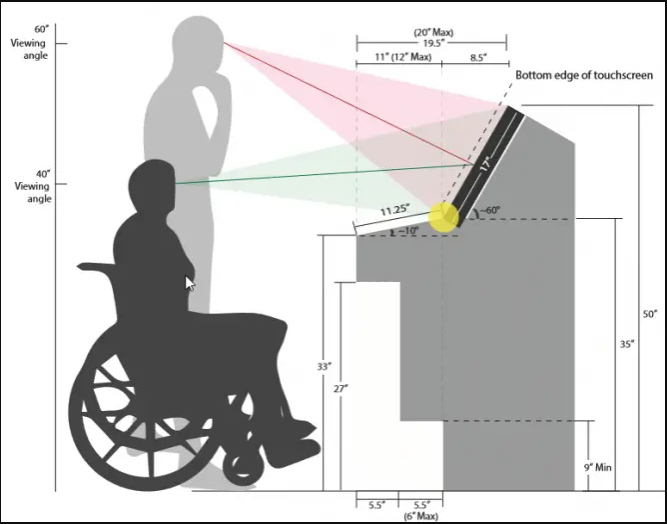Self-ordering Kiosks Gaining Ground
by David Klemt
Ordering kiosks and the convenience they offer have become more commonplace, even before the pandemic plunged its claws into the world.
In addition to the convenience factor, self-ordering kiosks provide guests with a contactless option that keeps them and front-of-house workers safer than ordering face to face.
Proliferation
This technology was on its way from trend to operational mainstay long before Covid-19 savaged the planet and tore through the hospitality industry.
The presence of ordering kiosks at the National Restaurant Association Show reportedly tripled from 2017 to 2018. Quick-service, fast-casual restaurants and limited-service were earlier adopters of self-ordering tech.
It took just a couple of years for McDonald’s, as an example, to outfit thousands of locations with such kiosks.
For several months, industry pros and experts have been saying there clearly defined types of guests with which operators will have to contend post-pandemic:
- Those who will comfortably return to restaurants and bars, treating them as they did pre-pandemic.
- Those who will return to in-person restaurant and bar visits cautiously.
- Those who won’t return to in-person dining until they have been vaccinated and are confident others have been as well.
One can see how self-ordering kiosks appeal to cautious guests, along with those who will use them but take their order to-go.
Types of Kiosks
Anecdotal evidence suggests there are three types or styles of kiosks that are most prevalent: terminals, tablets and tabletop systems.
Ease of function and integration has made tablet-based systems popular.
Toast and TouchBistro are two of the most popular restaurant POS systems on the market, and both offer kiosk functionality. Toast is Android-based, TouchBistro is iOS-based.
Some operators choose to mount their tablet-based kiosks on countertops, some create ordering locations with tablets affixed to stands.
There are also kiosk terminals that are similar in size to ATMs, not based on tablets, and Windows-based.
ADA Compliance
Similar to how it’s important for operators to consider their guests and comfort levels with new (or newer) tech, consideration must be paid to ADA compliance when choosing kiosks.
No guest should feel alienated, excluded, forgotten about, or valued less than other guests. Counter- and table-top ordering devices should be easily accessible by all guests, as should tablet-based systems mounted to free-standing pedestals.
Operators who choose larger ordering terminals must appraise such systems on their ADA compliance. Last week, the Kiosk Manufacturers Association posted a 14-point ADA compliance checklist that end users can use to assess whatever kiosk is under consideration.

Image: Kiosk Manufacturers Association
One can read through the checklist in its entirety here, which includes such considerations as:
- Depth, clearance, maneuvering and protruding objects.
- Assistive considerations like Braille and tactile guidance.
- Assistive technologies such as speech-output enabled display screens.
- The Big Seven: Captions, contrast, audio, focus, target size, errors and labels
Self-ordering tech and kiosks will continue to evolve and become part of everyday operations for several foodservice business categories. While they may not become commonplace in the fine-dining space, they’re likely to dominate QSRs and fast-casual, and gain more traction in casual and family dining.
Not every restaurant, bar or hotel will benefit from this self-ordering kiosks. Operators who want to implement this tech must consider initial investment, POS integration, hardware, guest comfort, and ADA compliance.
Image: Christiann Koepke on Unsplash
